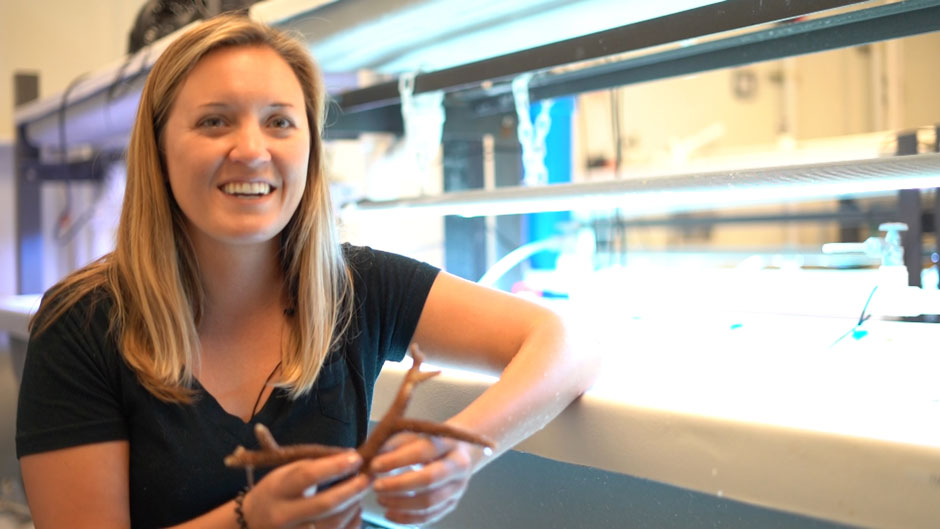For the past 16 years, Ariel Morel has lived just a few meters from the ocean. And, like many North Miami Beach residents, he is familiar with hurricanes and the destruction they can bring.
During hurricanes, one of the biggest threats to coastal residents like Morel, and to coastal structures, like his home, are the waves brought by storm surge.
“Through several hurricanes, I’ve seen firsthand the water literally come up to the first level of my apartment,” he said.
Whether it is massive storm surge during a hurricane or more subtle “wave attacks” that cause erosion, waves are a physical and financial threat to communities across South Florida. Scientists have already predicted an above average hurricane season in 2020. Plus, the effects of the ongoing coronavirus pandemic could further complicate the resiliency of coastal communities during extreme weather events.
“Miami is actually the number one city in the world exposed to coastal flooding in terms of assets exposed. So, what that means for us is that our livelihoods are at stake,” said Jane Carrick, a research associate at the University of Miami Rosenstiel School of Marine and Atmospheric Science.
But what if there was a way to limit the damaging effects of waves? For the past two years, Carrick and a team of researchers have been exploring this very question. She’s part of the University’s Coastal Resilience Project, funded through a U-LINK grant, which aims to promote interdisciplinary solutions to global problems. The team combines expertise in multiple facets of marine biology, engineering, architecture, and communications. Their aim is simple: find a sustainable solution to protect coastal communities.
Carrick works at the Rosenstiel School laboratory of Diego Lirman, an associate professor in the Department of Marine Biology and Ecology who specializes in coral reef restoration. Carrick often bounces between the rows of tanks in the lab, making sure the colorful coral heads are thriving and getting stronger. This is where the idea for the Coastal Resilience Project was born.
“We can measure some of the benefits of coral restoration, like regaining fish habitats, or how healthy the reef is when we restore it, but we hadn’t yet measured the coastal protection benefits that come from restoration,” Carrick said.
The team began by testing just how strong coral reefs were in an effort to determine whether reefs could protect a coastline. Lirman and Carrick enlisted Brain Haus, who oversees the SUSTAIN (SUrge-STructure-Atmosphere-INteraction) tank. The tank can simulate three-dimensional wind, waves, and storm surge during a hurricane. The SUSTAIN tank can also test the impact of waves on coastal structures, a lot like the seawall in front of Morel’s apartment.
The Coastal Resilience team found that reefs do in fact weaken waves.
“When you have a very complex 3D structure created by living corals, the energy of the waves gets mitigated,” Lirman said.
The findings were exciting, but still the coral reefs alone did not do enough to significantly protect coastal assets. The team then recruited Landolf Rhode-Barbarigos from the College of Engineering. Together, they came up with a hybrid structure that combined coral reefs on top of a cement breakwater.
Rhode-Barbarigos, who is accustomed to designing structures for humans, began to design a structure that would be compatible with another living organism—corals.
“Humans can express their needs and desires,” he said, “but with corals, it’s a little bit different.”
The team designed a trapezoidal structure that would raise the corals, increasing the friction between the reef and passing waves. They built a wooden version of the structure and began testing it in the SUSTAIN tank. Once again, the results were encouraging.
“Whenever you deploy a submerged structure it will mitigate the impacts of wave energy,” Lirman said, “but when you add corals on top, you get another 10 to 15 percent reduction of wave energy.”
And, wave reduction is not the only benefit of the coral reefs. The Coastal Resilience Project team also hopes the reefs will be attractive to tourists, fisherman, and wildlife.
Although testing is on hold because of the coronavirus pandemic, the team aims to continue its research and deploy a full-scale structure off the coast of Miami Beach within the next year.
Carrick said the hybrid structure is just one of many innovative solutions that we will need in the near future because of the increasing threat of climate disasters.
“We cannot keep using solutions that have worked in the past because the threats that we will face in the future are not going to be the same threats that we’ve faced in the past,” she said.
As for Morel, he said he has seen hurricanes and flooding get worse throughout his years living in North Miami Beach. He agrees with the Coastal Resilience Project team that the solutions of the future cannot just be grey—they must also be green.
“Coral reefs in their natural state, and mangroves, et cetera, are there, were there, and have been there, for a purpose,” Morel said. “We are just now seeing the results of what happens when you take out those natural elements.”

